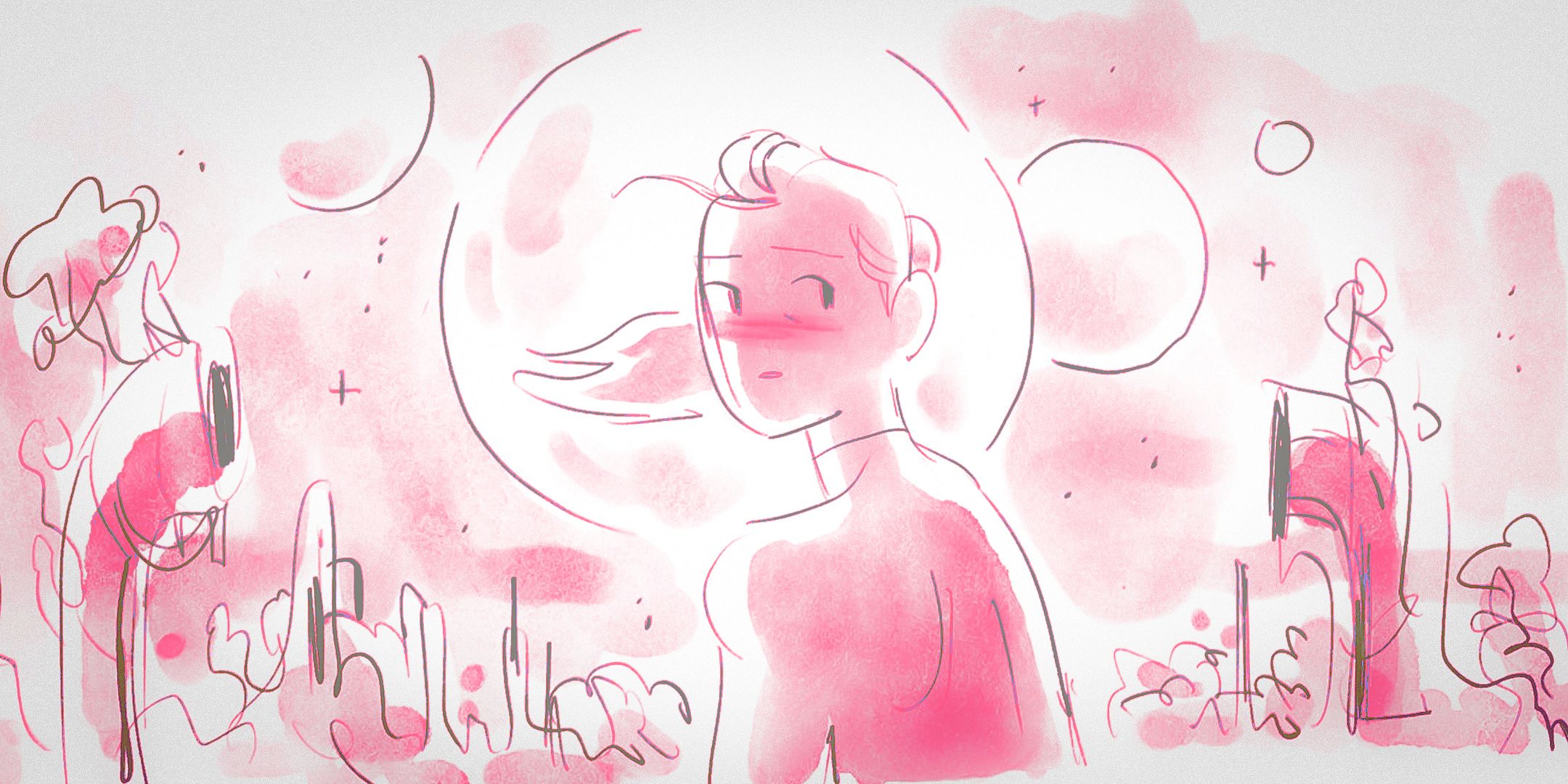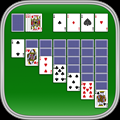Five Years Later, She-Ra Proves That Some Things Stay With You Forever

She-Ra and the Princesses of Power came to an end five long years ago. Life has been so busy recently that this milestone in a fandom I’m deeply entrenched within passed me by. It isn’t something I can ignore, however, so here’s yet another piece talking about how much I love it.
Not only did the animated series push forward queer representation in the medium, it also managed to take an old property and transform it into something daring, modern, and charming. It’s perfect for all ages, whether you’re an adult in their early 20s like I was or a child discovering a magical sword in the forest for the very first time.
It was special, and there’s a big reason why it led me to build a career writing about not just video games, but also animation, queer culture, and the creators who help define them all.
ND Stevenson’s She-Ra Anniversary Comic Broke My Heart
Credit: ND StevensonI’ve touched on the themes, characters, and impact of She-Ra before on this website, so to celebrate its fifth anniversary, I want to explore a new substack comic shared by showrunner ND Stevenson that provides a glimpse of what Adora, Catra, and friends are up to all these years later. Or immediately after the war with Horde Prime, since the timeline of events isn’t particularly clear. But we do know it’s set to Never Quite Free by The Mountain Goats, with its lyrics helping to paint both a thematic and visual picture of what’s unfolding. And boy, did it turn me into a blubbering mess.
The comic is a glimpse of peace after the war, as the characters we came to love throughout the series finally have a chance to live their lives away from constant turmoil. Glimmer is tucked into bed by Bow, staff by her side, ready to rule after returning from a well-deserved slumber, while Adora uses Catra as a pillow as they collapse into a pile of exhaustion. This is a moment of rest before the celebrations begin, and Eternia grows into a prospering place of love and belonging it was always meant to be.
Credit: ND StevensonNetossa and Spinerella also had a baby!
But as wounds heal, the scars remain. Micah still has to walk the halls once ruled by a wife he was never around to save, while Catra comes to discover what Shadow Weaver used to be and how, despite her no longer being part of her life, she will always define a part of who she is. Lyrics like “find the faith to saunter forward with no fear of shadows spreading where you stand” accompanying the recovering magicat instil pictures of past trauma finally having time to heal, teasing a new lifetime of possibilities once the dust has settled.
As the comic progresses, we see people enjoying bubble baths, playing tabletop games with each other, and having children now that the world is safe enough to cement a legacy. But in the background stands Adora, almost afraid to enjoy herself and letting go of past expectations that previously defined her in fear of letting people down. That deciding to be her own person is a betrayal of all those who came before, who held the mantle of She-Ra, yet struggled to break free from the weapon they were forced to become. Why does she deserve to live happy with the love of her life in a world free from strife, where so many others don’t?
...Before Putting It Back Together Again
Watching Adora struggle with the circumstances of her upbringing and the person she was groomed to be has always been a relatable and heartbreaking part of her arc. But seeing a struggle like this persist even after her “happy ending” is especially wonderful because it is so real. Eternia might be a magical world, yet the show does an incredible job of grounding its cast as real people with real struggles.
Adora’s arc centres around her fear of never being good enough, and that if she can’t provide a use for those around her, what’s even the point of existing? To be a weapon is more prosperous than being nothing, and even after the world is saved, Adora struggles with putting this insecurity to rest.
Twitter user s00tspritezz has synced the comic up perfectly with the Mountain Goats song, if you fancy giving it maximum emotional impact.
Credit: ND StevensonAdora deserving to live a happy life free from unreasonable expectations is easier said than done, however. Even after the war, she still struggles with letting people love her and finding the power inside to love herself. She’s still the naive young girl who found a magical sword in a forest and swept into an unfair destiny. Now, free from her own shackles, Adora must live a life she never dreamed was possible. One with people who care about her and a future that could bring her true happiness and purpose. But at what cost does such a sanctuary come at?
It’s fitting then, when her head is filled with irrational demons, that she returns to the place that was once called home. The platform overlooking the Fright Zone where Adora and Catra would come to empty their minds and confide in one another all those years ago. It may be indicative of all the stress, hurt, and loss she’s experienced, but it’s also a place of comfort. And as the comic comes to an end, Catra follows in her footsteps to meet Adora at the very top. Not a word is spoken, and the two women know each other so well, intimately aware of the struggles that come with healing in finding happiness in a world that was always meant for sadness.
We are never quite free from the demons that once defined us, but She-Ra teaches you that no matter what you’ve been through or where you came from, there is a flickering chance of happiness on the other side. Happy anniversary, you beautiful gay cartoon.
NextND Stevenson And Molly Ostertag On The Future Of Queer Storytelling
At Thought Bubble we sat down with two beloved queer creators to talk upcoming projects, representation, and reclaiming the past.
Posts












